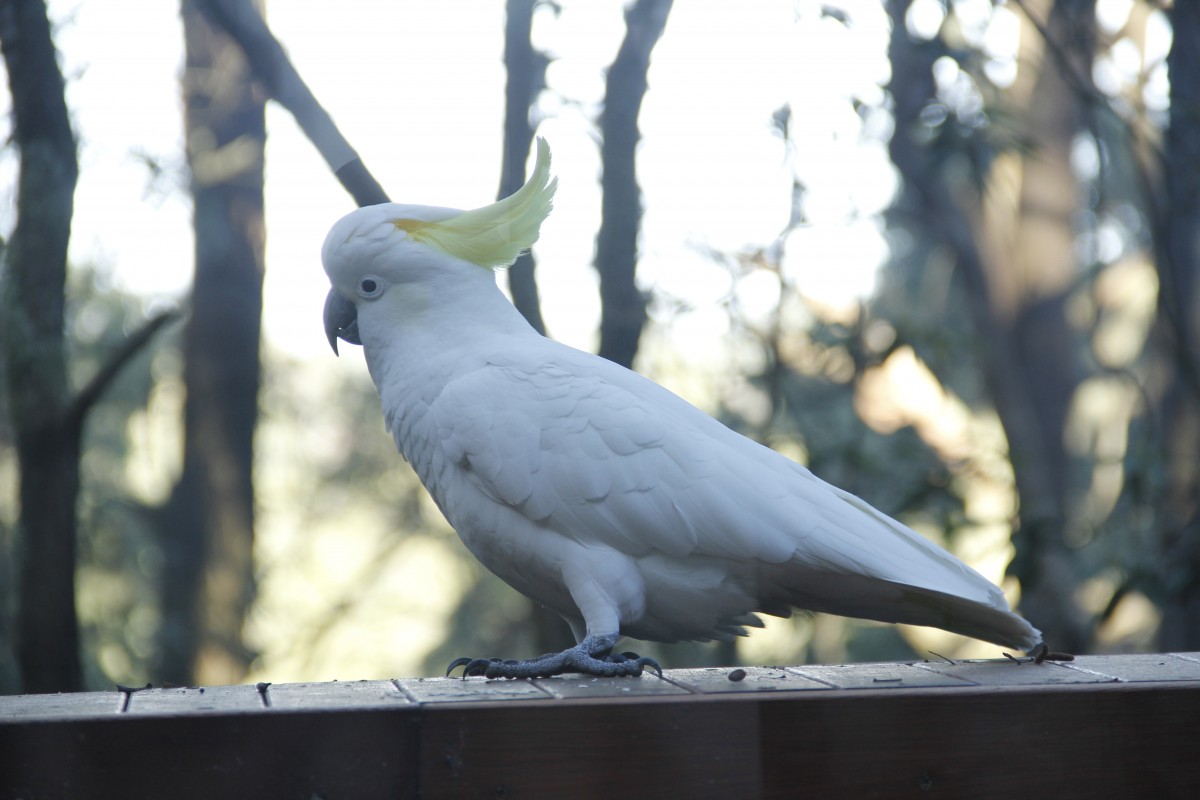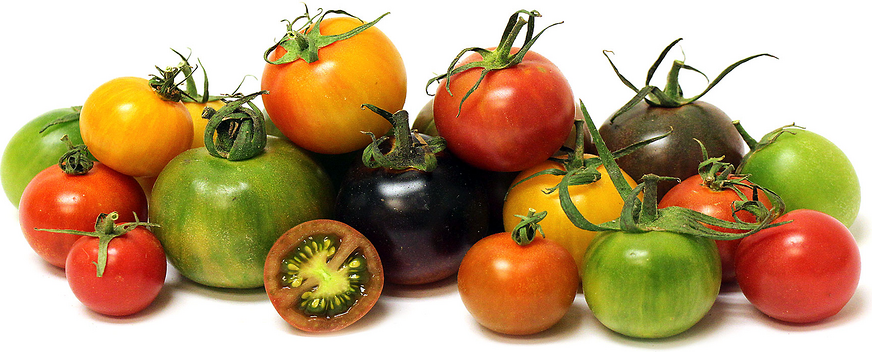In quite possibly the most Silicon Valley thing to ever happen, a new, NASA-honouring hotel in Mountain View, CA, is testing the final frontier of hospitality by letting robot waiters work the floor of their swanky restaurant.
I read Eater’s report with visions of the Jetsons’ maid Rosey swirling through my head. But reality seems significantly more down to earth at the Ameswell’s eatery, aptly named “Roger.” Much like household Roombas, the two robo-servers (both Servi models, created by Bear Robotics were first unleashed to roam the floor of the restaurant, creating an internal “map.” Then, food and beverage manager Jacky Li programmed each of them a home base in the two busiest spots – next to the bar, and the patio. Human servers drop used silverware and plates in the bots’ built-in bins; when those are full, the bots drop them at the dishwashers and then return. So while the mechanical bussers are doing the less-glamorous part of the job, they’ve freed up the human servers to do what they do best… human!
reality seems significantly more down to earth at the Ameswell’s eatery, aptly named “Roger.” Much like household Roombas, the two robo-servers (both Servi models, created by Bear Robotics were first unleashed to roam the floor of the restaurant, creating an internal “map.” Then, food and beverage manager Jacky Li programmed each of them a home base in the two busiest spots – next to the bar, and the patio. Human servers drop used silverware and plates in the bots’ built-in bins; when those are full, the bots drop them at the dishwashers and then return. So while the mechanical bussers are doing the less-glamorous part of the job, they’ve freed up the human servers to do what they do best… human!
“The idea behind the robots, [food and beverage manager Jacky] Li says, is not to replace workers, but rather to use them as an amenity for servers, ‘So they can spend more time on guest interaction, guest needs, rather than them having to leave the floor every five minutes.’ While the robots aren’t being used to serve yet, Li is eager to try them out in other settings, like for passing apps in the ballroom during a banquet, and maybe eventually to deliver food and drinks in the restaurant. ‘There are a lot of ways we can use the robot. We’re just scratching the surface,’ says Li. So the robots are really working as bussers at the moment, although you could say they may get promoted to servers.

A team of scientists from Australia has found a charming wild cockatoo food-gathering strategy has been passed along bird-by-bird in the Sydney area – one of the clearest examples to date of how birds teach important foraging knowledge to each other.
The researchers from Down Under collaborated with a team from Germany’s Max Planck Institute of Animal Behaviour, and published their findings in the most recent issue of the journal Science. The article goes into how the sulphur-crested cockatoos execute the complex, five-step process of opening the garbage bins humans leave out for city collection, in order to score the delicious food scraps inside. Plus, it shows how this knowledge is passed through a population and is improved upon by spontaneous innovation. And the garbage bin owners helped collect the data!
“The research team launched an online survey asking Sydney residents if they had seen cockatoos lifting trash bin lids for food.
Before 2018, this behavior had only been reported in three suburbs – but by the end of 2019, that number shot up to 44 suburbs, according to the study. And the behavior spread among nearby neighborhoods faster than it reached far-flung ones, showing that the new behavior wasn’t randomly popping up. […]
And not all birds open trash cans the same way – the team found that regional subcultures had emerged among the cockatoos, who had distinct styles and approaches. For instance, in late 2018, a cockatoo in northern Sydney reinvented the technique by opening the lids a different way, prompting birds in neighboring districts to copy the behavior.
‘There are different ways to go about (opening the lids),’ said [Australian Museum researcher Richard] Major. The fact that groups have developed different ways to do it was ‘evidence they learned the behavior from each other, rather than them solving the puzzle independently.
Now, I personally know certain animals that are just as eager as these cockatoos to get at their precious garbage dinners (hi, raccoons!), but I’m deeply impressed at how this drive has turned into a unique communications system in this parrot species. I’m also impressed at the conclusion the researchers draw for us humans: That by learning about the evolution of urban animal behaviours, we can better co-exist with them. The Sydney bin cockatoo certainly isn’t going away – and, like it or not, neither are we.

Here in southeastern Ontario, we are knee-deep in our growing season, and vegetables and fruits of all kinds are coming in fast and furious. This includes our many varieties of tomatoes, each one tasting of sunshine and cool breezes, and nothing at all like the miserable pink disks of sadness one can find sliced on a burger in the depths of January!
Now I admit to a bit of poetic license in the previous paragraph: I don’t actually know what chemical combos go into making summer tomatoes the best-tasting things on earth. But a team of scientists from the University of Tsukuba does – and they’ve let the public know they’ve found a scientific basis for determining the tastiest tomato varietals! The results might not be what you’d expect.
It turns out that heirloom-type tomatoes with greener or underripe-looking bits tend to be scientifically sweeter than pure, deep red varieties. This involves the complicated interrelationships of the pigment molecules inside the fruits.
“The pigment molecules in tomatoes are called carotenoids and are usually red, yellow, or orange, [team leader Professor Miyako] Kusano says. These compounds don’t have a flavor. However, the carotenoids degrade into compounds called apocarotenoids, which do. […]
The team measured amounts of chlorophyll, responsible for green color, and prolycopene, a type of carotenoid that makes tomatoes orange. Overall, tomato varieties with high amounts of chlorophyll also had higher sugar content. Tomatoes with a lot of prolycopene had higher amounts of the volatile compound 6-methyl-5-hepten-2-one, which is partly responsible for that distinct sweet-tomato smell and can also affect flavor. Taking all these chemical components into consideration, the researchers concluded that the tastiest tomatoes strike a balance between chlorophyll and prolycopene content, and aren’t necessarily the ripest ones.”
Interestingly, the team relied entirely on their data when making their analysis (recommending Maglia Rosa cherry tomatoes and Aiko grape tomatoes as paragons of that sweet/fragrant balance) without physically tasting their subjects. I wonder if the subjectivity of taste would skew the results – or simply make them more human?